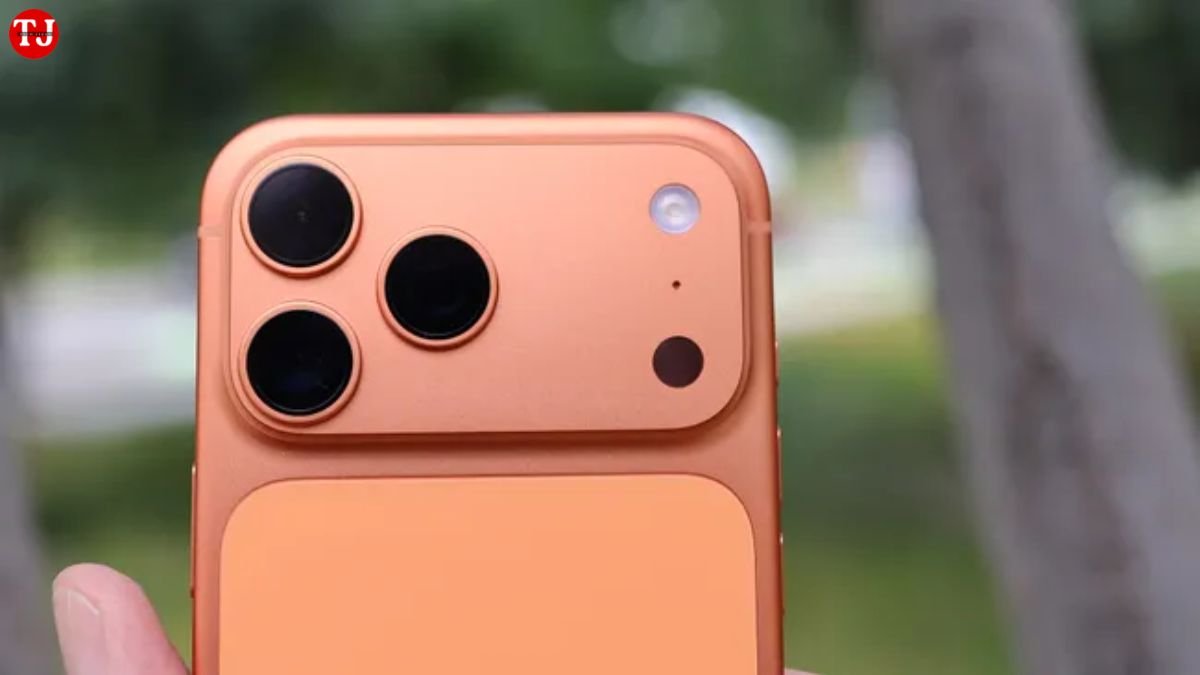After weeks of anticipation and months of rumors, the iPhone 17, iPhone Air, iPhone 17, and iPhone 17 Pro Max finally hit shop shelves on September 19.
It can be challenging to comprehend camera specifications, and Apple goes one step further by using its own marketing terms like “Fusion Camera” and “Center Stage.” It took me several looks at the iPhone 17 series‘ spec sheets before I finally understood the new camera systems. The best iPhones are usually among the best phones with cameras.
The majority of users only care about visually appealing images and videos, however there are some noticeable variations in the camera hardware between this year’s iPhone models. For a description of the cameras in each model and an explanation of what “Fusion Camera” and “Center Stage” really imply, continue reading.
Before we begin, let me say that the iPhone 17 Pro and iPhone 17 Pro Max have very strong video-shooting hardware and a developing ecosystem of specialist accessories. In order to maintain concentration, we will only be discussing still photography in this tutorial.
iPhone 17 lineup: Camera specs
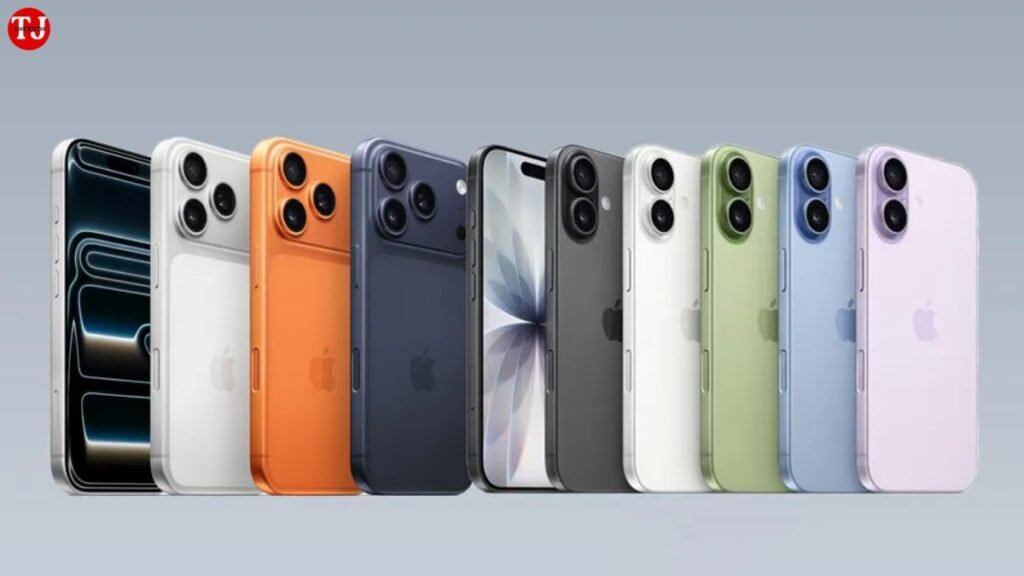
Below is a general overview of the camera specifications for every iPhone 17 model:
There is only one 48MP wide-angle camera on the iPhone Air.
Both a 48MP wide-angle and a 48MP ultra-wide camera are featured on the iPhone 17.
48MP wide-angle, 48MP ultra-wide, and 48MP 4x zoom cameras are features of the iPhone 17 Pro and iPhone 17 Pro Max.
An 18MP selfie camera is included with all four variants.
Fusion Camera: Resolution
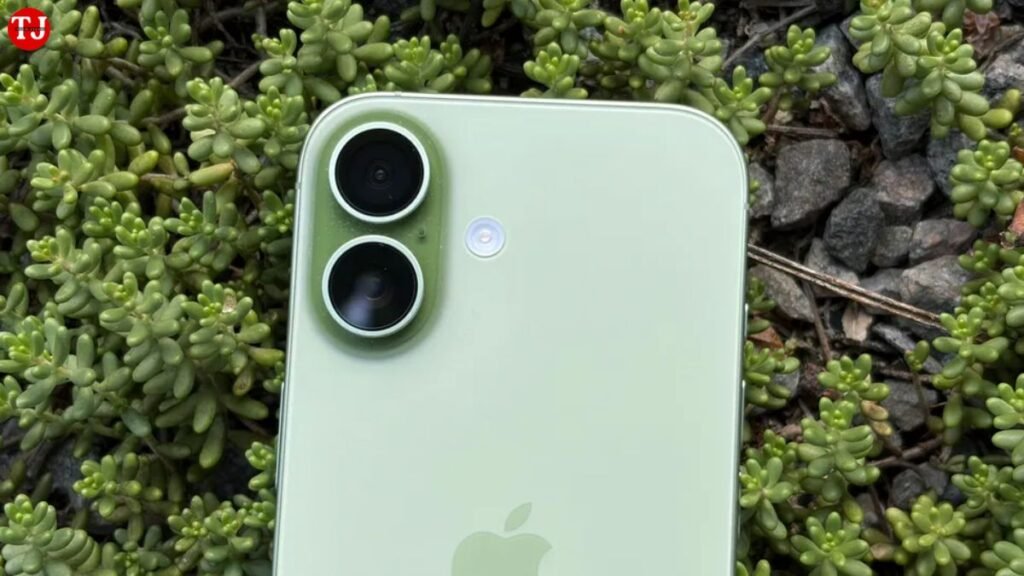
Since every back camera in the iPhone 17 series is a 48MP sensor, they are all now referred to as Fusion Cameras. Apple has aggressively marketed its high-resolution rear iPhone cameras as “Fusion Cameras.”
Instead of utilizing the full 48MP that the sensor offers, your iPhone may take pictures at 12MP or 24MP, depending on your settings. Richer light and color information is captured via a technique known as pixel binning, which groups separate pixels together to integrate data into a single final pixel. Groups of four pixels are binned together in 12MP mode (see our article about the iPhone 16’s Fusion Camera for a thorough explanation of pixel binning).
The 24MP option is a bit more complicated; it takes a 12MP and a 48MP picture and uses digital processing to combine the best aspects of each. This should provide a compromise between the brightness and color of 12MP and the detail of 48MP. Apple refers to their mobile cameras as “Fusion Cameras” in part because of its 24MP mode, which combines full-resolution and pixel-binned photos to create the final image.
For regular photos, navigate to Settings > Camera > Formats > Photo Mode to select between 12MP and 24MP. The Resolution Control option to enable 48MP shooting is located directly beneath that.
Fusion Camera: Zoom
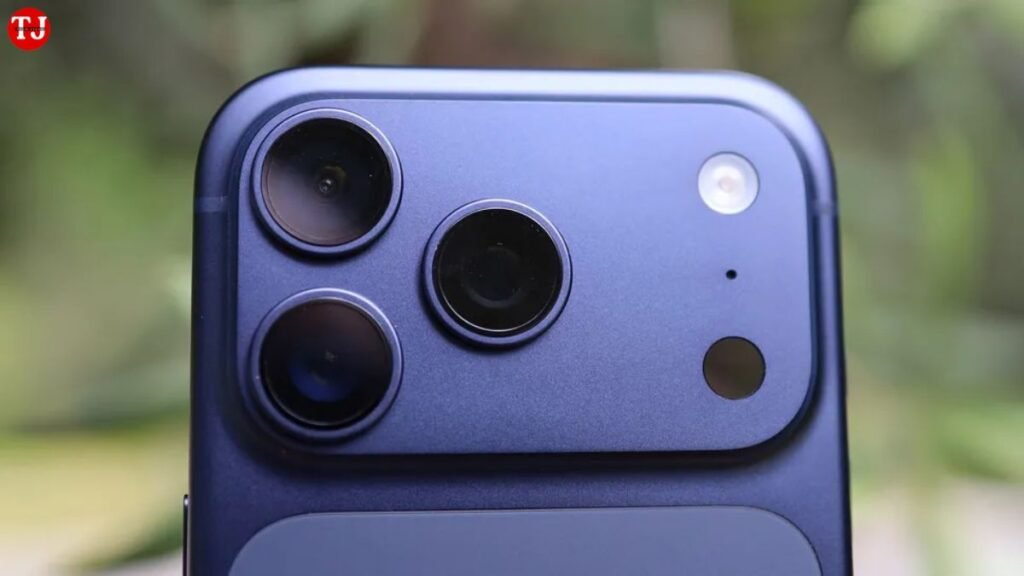
Zoom is the focus of the other side of the Fusion Camera branding, and Apple has made this a little harder to understand. For example, Apple uses the phrase “optical” as a marketing term to emphasize image quality, while in photography, the term often refers to the glass in the lens. Here, I’m going to stay clear of such pitfalls.
Despite having three cameras and a fixed 4x zoom—what we’d normally call 4x optical zoom since the zoom is achieved by the glass, not digital trickery—Apple will go ahead and claim that the iPhone 17 Pro is like carrying eight lenses and offers 8x optical zoom because of that Fusion Camera technology.
Although Apple’s assertion that their Fusion Cameras can quadruple their original zoom length while maintaining optical quality is a marketing gimmick rather than a scientific fact, there is some truth to it.
The 2x option on the 48MP primary camera, which is present in the iPhone 17, iPhone Air, and iPhone 17 Pro, crops into the core 12MP of the 48MP sensor to create a 12MP image without any information being lost.
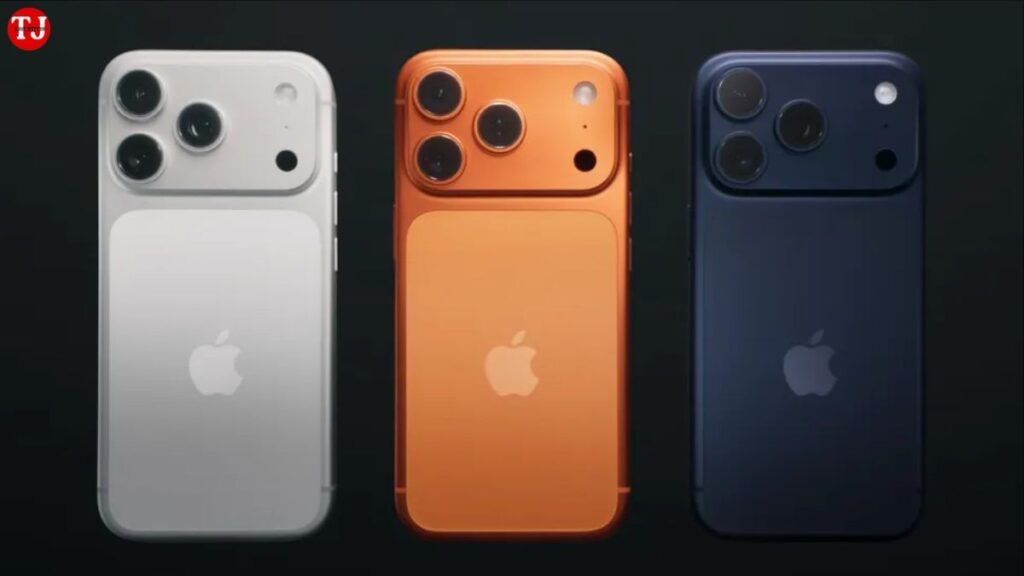
Similar circumstances apply to the 4x telephoto camera on the Pro and Pro Max, which crops in from 4x to 8x zoom, and the ultra-wide camera on the iPhone 17 and Pro models, which crops in from 0.5x relative zoom up to 1x zoom.
Though somewhat different, this sounds similar to the digital zoom you may find on a smartphone.
Interpolation is the mechanism used by standard digital zoom. Long-range digital zoom will need a reduced crop of the sensor; for instance, at 3x zoom, the iPhone 17’s camera sensor is cropped down to slightly over 5MP. The smallest resolution an iPhone camera can output is 12MP. In order to fill the 12MP frame, this is blown up and digitally enhanced. Digital processing is used to approximate how the image would seem at this greater quality.
An image taken at 12MP actually has 12 million pixels of information thanks to the predefined Fusion zoom levels, eliminating the need for digital guesswork in interpolation (however there will be some upscaling if shooting at 24MP).
But the “telephoto” option on the Fusion Camera isn’t exactly the same as actual 2x zoom. Cropping the iPhone 17’s primary lens to a 2x crop won’t give you the same depth of field or visual proportions as using a true 2x lens because it isn’t physically feasible.
To Apple’s credit, the iPhone 17 Pro and Pro Max do have a great uninterpolated zoom range thanks to their Fusion Cameras, which run from 0.5x to 2x and from 4x to 8x. Before moving to a dedicated zoom camera, there is a gap where the primary camera must use digital zoom to get from 2x to 4x. After 8x, digital zoom is interpolated up to a maximum of 40x.
The iPhone 17 has the same coverage from 0.5x to 2x, but as it doesn’t have a dedicated zoom camera, all of the zoom from 2x to its maximum of 10x is interpolated. Since the iPhone 17 Air only has a 48MP primary camera, it receives high-resolution cropping from 1x to 2x before transitioning to interpolated zoom up to 10x.
The Samsung Galaxy S25 Ultra and other high-resolution camera phones can also accomplish sensor cropping, so it’s not just an iPhone feature. Sensor cropping is used in place of true optical zoom in even the most expensive cameras, such as the Leica Q3. When it comes to Fusion Camera zoom, we’ve almost covered everything; there’s just one more item to clarify.
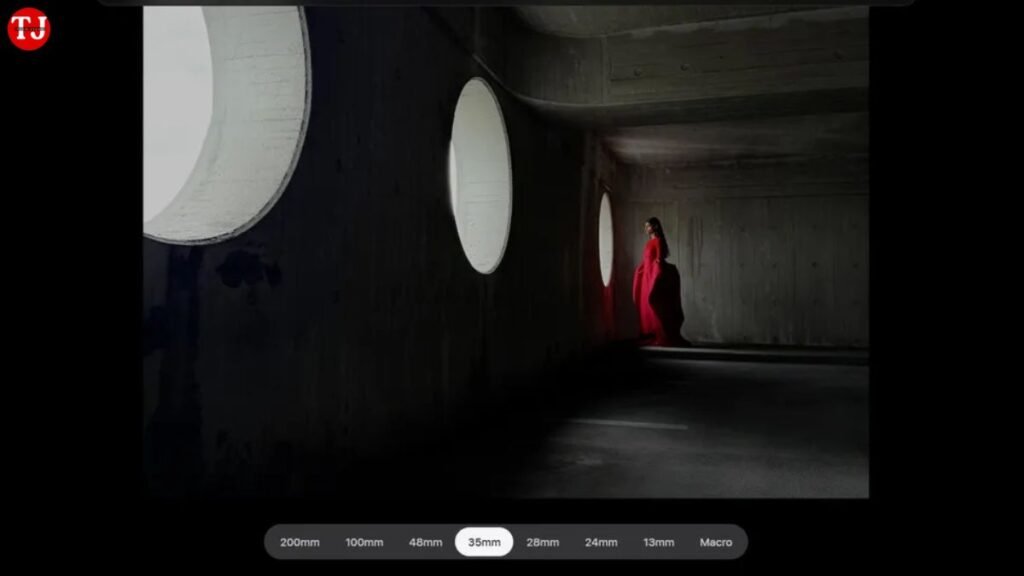
Like us on TechRadar, Apple often represents zoom levels in multiples of the primary camera’s preset zoom length, denoted as 1x. An image captured with the iPhone 17 Pro’s 4x zoom camera appears four times larger than one captured with the primary lens at the usual settings.
However, Apple occasionally also uses millimeters to refer to focal length when discussing zoom levels. For instance, the 8x Fusion zoom is listed as a “200mm” zoom on the specifications page for the iPhone 17 Pro. The distance between the lens and the sensor determines the focal length in photography, which determines how distant or close-up the image appears. The mm specification is just an approximation of how the iPhone lens stacks up against a specialized camera lens in Apple’s scenario.
As previously stated, the iPhone 17 Pro Max includes three cameras. According to Apple, each camera has a focal length of 24 mm for wide-angle photography, 13 mm for ultra-wide photography, and 100 mm for zooming.
These have fixed focal lengths. There is no way for a 100mm lens to stretch to 200mm without physically moving, and you’d be hard-pressed to find any smartphone lenses that achieve this. The 8x “200mm” zoom Apple mentions actually represents the simulation of a 200mm lens.
Apple does not distinguish between simulated and real focal length. Although it probably won’t have a significant impact on your experience, it’s still useful to understand how your phone’s camera functions in order to obtain the best results, particularly if you’re attempting to replicate images taken with, example, a real 200mm lens.
Center Stage selfie camera
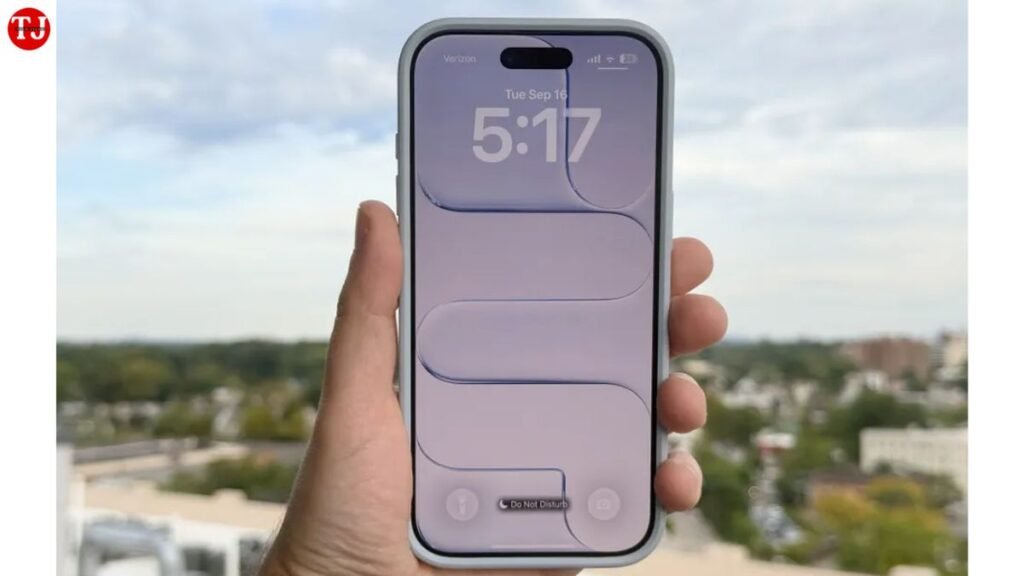
That takes care of the rear cameras, but what about the crucial selfie camera?
A new selfie camera with a square sensor is included with all iPhone 17 models, including the iPhone Air. As a result, you can no longer hold your iPhone sideways for group selfies; the selfie camera now functions the same whether you hold it vertically or horizontally.
This new selfie camera is referred to by Apple as a Center Stage selfie camera. Selfie camera technology that automatically maintains your position in the frame during Facetime chats and video recordings has been referred to by Apple as “Center Stage.”
This and other features are included with the iPhone 17 series. Center Stage describes how the selfie camera on the newest iPhones automatically switches between portrait and landscape mode based on the number of subjects spotted in the frame. To facilitate group shots, the selfie camera can also crop in and out. It’s a well-considered, useful design that also guarantees better quality solo selfies.
Fortunately, you can manually access all of these new selfie controls using on-screen buttons, so you’re not at the mercy of automatic judgments.
That concludes our detailed explanation of the camera systems of the iPhone 17 series; please save this page for future use. See our reviews of the iPhone 17, iPhone Air, iPhone 17, and iPhone 17 Pro and iPhone 17 Pro Max for our opinions on all other aspects of the latest Apple devices.
